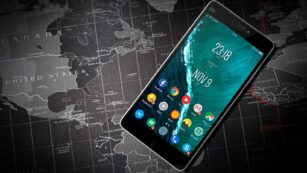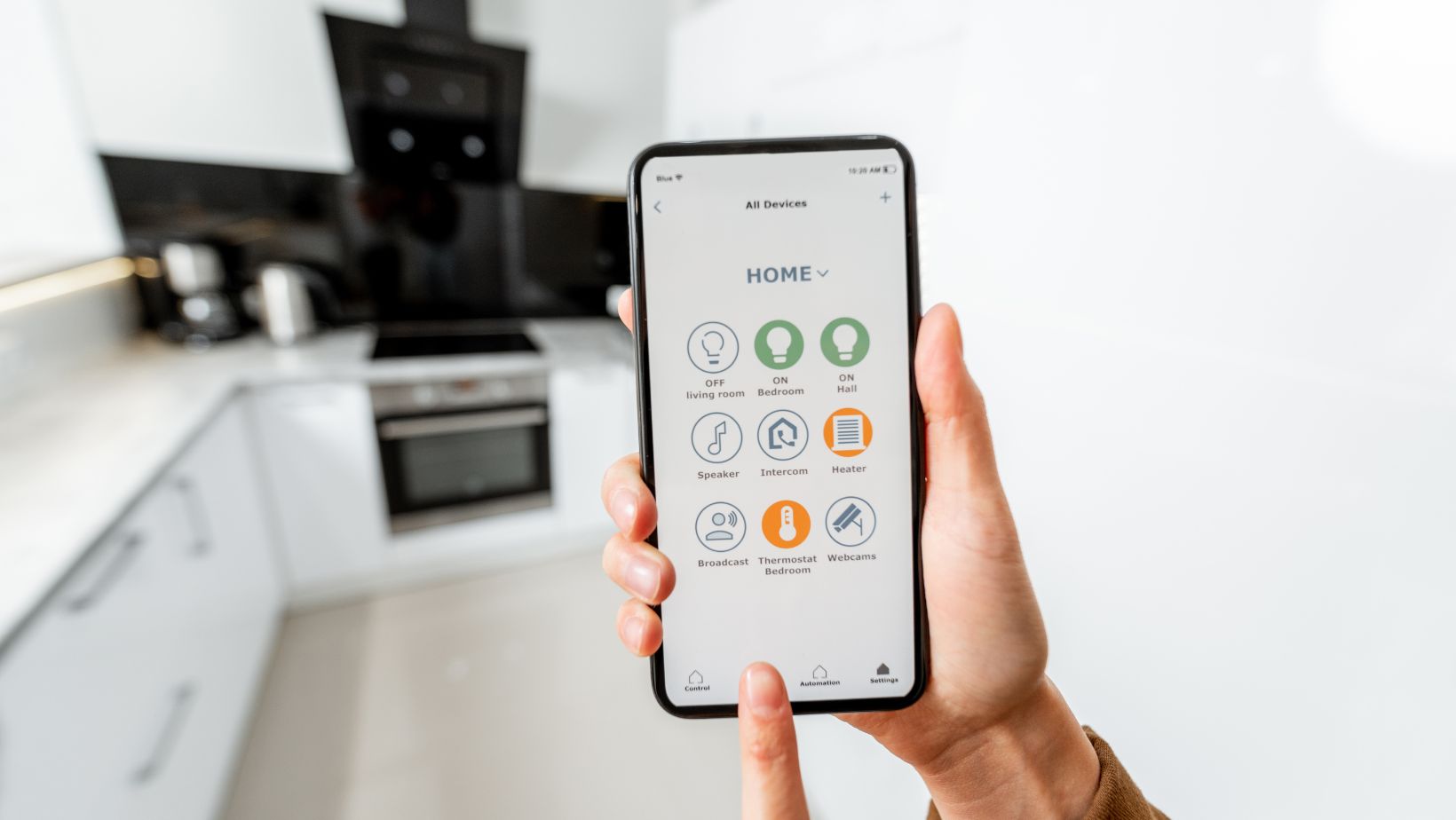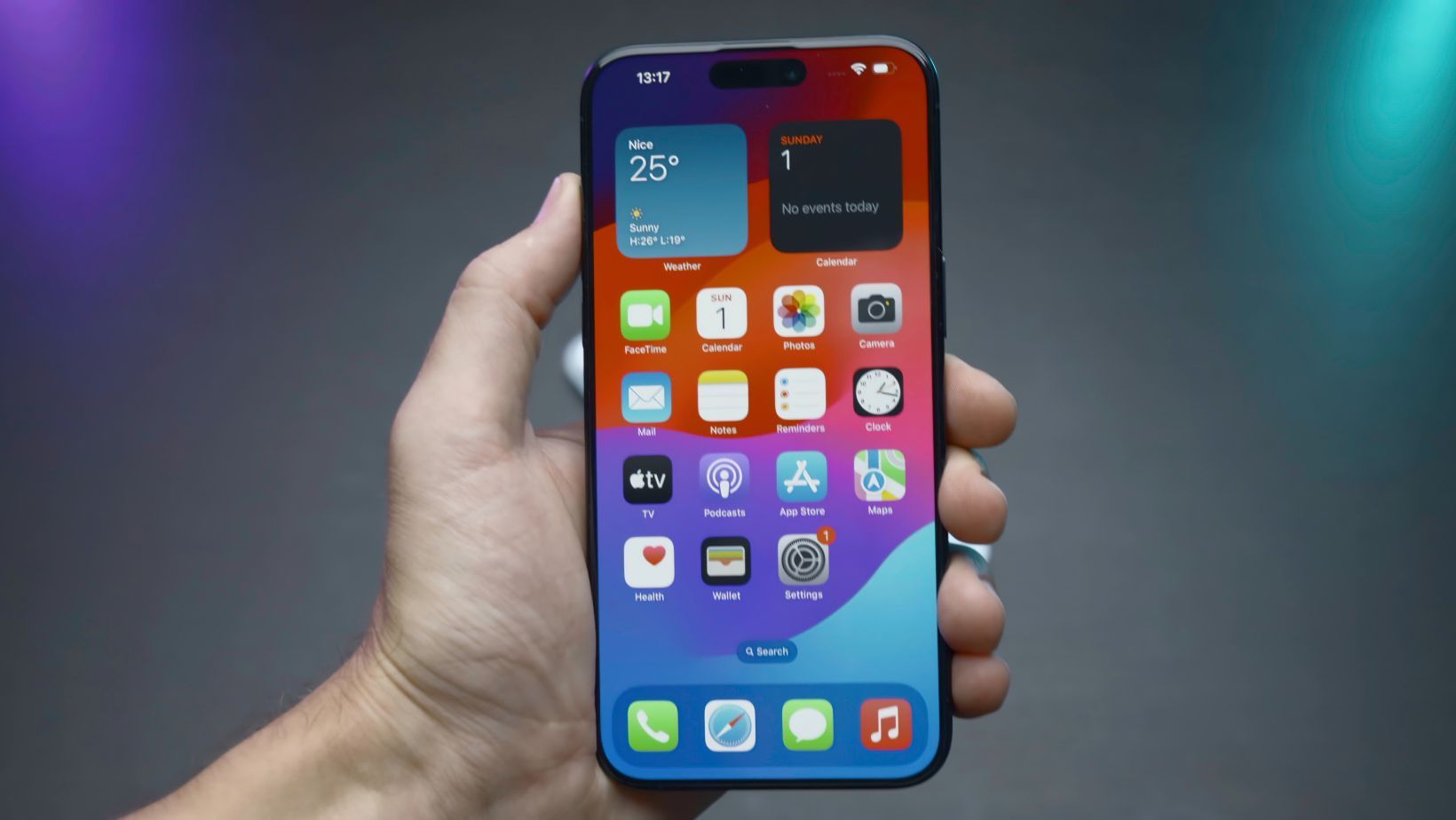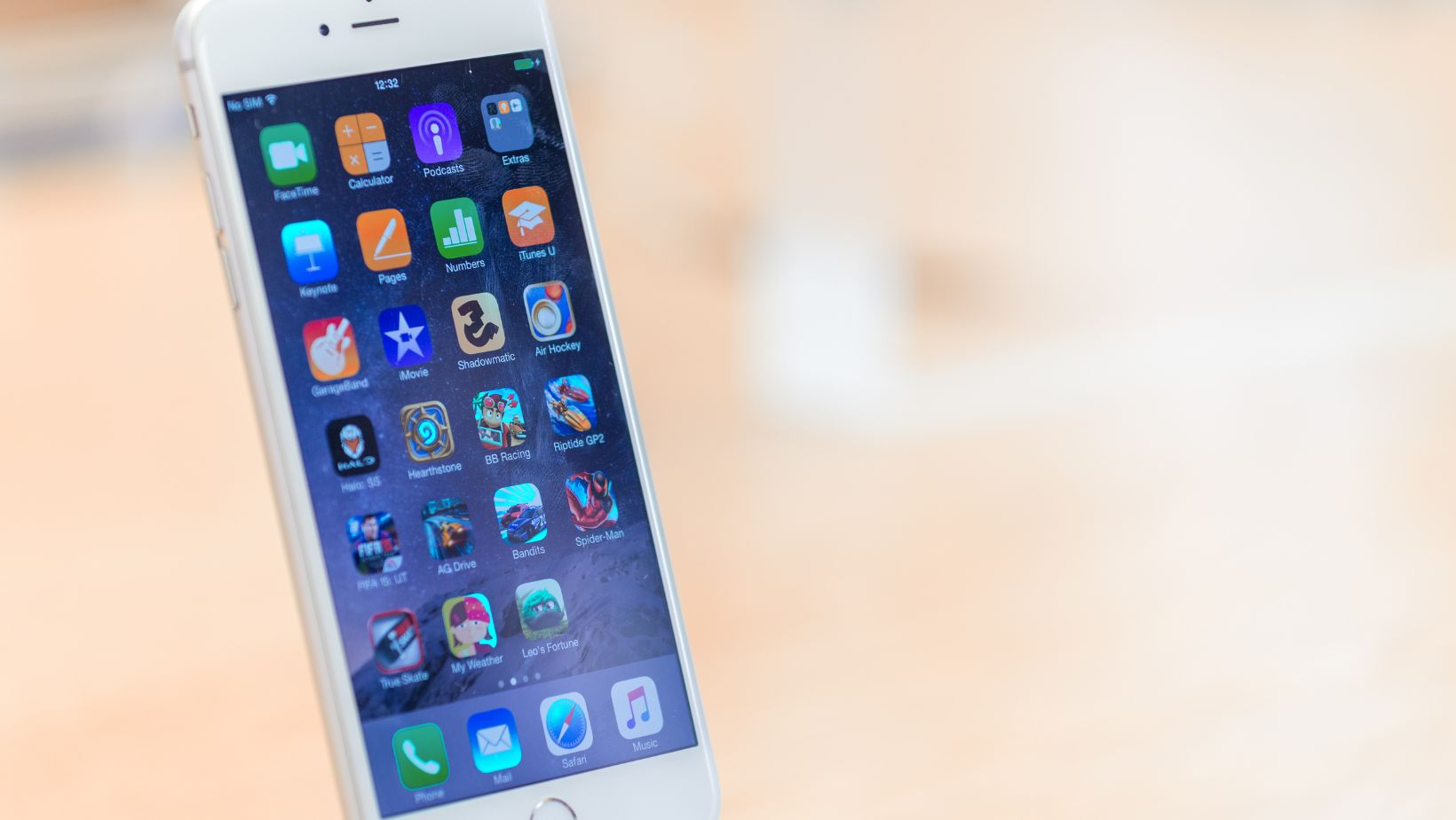In today’s digital age, it’s easy to lose track of time while scrolling through apps. Whether it’s social media, gaming, or even educational platforms, excessive screen time can lead to decreased productivity and potentially detrimental health effects. But how can one regain control and limit time spent on these captivating applications? This article will provide practical tips and strategies to help you manage your app usage effectively. From setting time limits to using in-built digital wellbeing tools, we’ll guide you through the process of achieving a healthier digital life. So, let’s embark on this journey towards balanced app usage, ensuring technology remains a tool for empowerment, not a source of distraction.
How to Limit Time on Apps
Recognizing Personal Time-Wasting Apps
 The first step involves scrutinizing screen time patterns to recognize habitual use of certain applications. Many smartphones provide built-in features to track screen time. For instance, iOS devices come with a tool called ‘Screen Time’ and Android devices have ‘Digital Wellbeing’. These tools break down app usage statistics, making it easier to identify where most time is spent. One might discover an unexpected trend. A casual game, perhaps thought to be played briefly during breaks, might actually account for several hours of screen time every day. Identifying these applications constitutes a significant step towards successful time management.
The first step involves scrutinizing screen time patterns to recognize habitual use of certain applications. Many smartphones provide built-in features to track screen time. For instance, iOS devices come with a tool called ‘Screen Time’ and Android devices have ‘Digital Wellbeing’. These tools break down app usage statistics, making it easier to identify where most time is spent. One might discover an unexpected trend. A casual game, perhaps thought to be played briefly during breaks, might actually account for several hours of screen time every day. Identifying these applications constitutes a significant step towards successful time management.
Strategies to Limit Time on Apps
Setting Clear Usage Goals
Framing efficient usage goals serves as a proactive way to limit time on apps. This entails not only recognizing which apps consume the most time but also defining a productive time allocation for each. It’s beneficial to set daily usage targets for recreational apps, like YouTube or Instagram, and adhere to these goals strictly. For instance, a user may decide to spend no more than one hour on Instagram per day. This targeted approach not only reduces overall app time but also introduces a sense of discipline around digital consumption.
Using Built-In Digital Wellbeing Features
Most modern smartphones offer built-in features designed to monitor app usage and assist in achieving digital balance. These tools offer insight into how one’s time is spent across different apps and facilitate the setting of app time limits. For iPhone users, the Screen Time feature reports detailed daily and weekly activity, designating the precise time spent on each app, as well as indicating the most used apps. Android users also have access to a similar feature called Digital Wellbeing, which provides a comprehensive view of screen time and allows the setting of daily app timers. By regularly monitoring these statistics, users are better positioned to adjust their app usage habits, reinforcing the strategy of limiting time spent on apps.
into how one’s time is spent across different apps and facilitate the setting of app time limits. For iPhone users, the Screen Time feature reports detailed daily and weekly activity, designating the precise time spent on each app, as well as indicating the most used apps. Android users also have access to a similar feature called Digital Wellbeing, which provides a comprehensive view of screen time and allows the setting of daily app timers. By regularly monitoring these statistics, users are better positioned to adjust their app usage habits, reinforcing the strategy of limiting time spent on apps.
Popular Apps to Help You Limit Screen Time
 Taking control of digital habits becomes more achievable with the right tools. A variety of apps exist, designed specifically to help limit screen time. Here’s a look at some of the most effective ones available. These practical tools offer insights, control, and discipline in app usage. By reducing frequency and duration of distractions, they contribute towards balanced digital wellbeing. Remember, the key lies in setting personalized usage goals and adhering to them. Add these apps to your toolset, and you’re well on your way to better digital habits.
Taking control of digital habits becomes more achievable with the right tools. A variety of apps exist, designed specifically to help limit screen time. Here’s a look at some of the most effective ones available. These practical tools offer insights, control, and discipline in app usage. By reducing frequency and duration of distractions, they contribute towards balanced digital wellbeing. Remember, the key lies in setting personalized usage goals and adhering to them. Add these apps to your toolset, and you’re well on your way to better digital habits.
Tips for Creating a Balanced Digital Lifestyle
With the right strategies, it’s possible to take control of your screen time and create a balanced digital lifestyle. It’s about identifying the apps that eat up your time and using the built-in features on your devices or third-party apps to manage your usage. Tools like Freedom, RescueTime, StayFocused, and FocusMe aren’t just app blockers; they’re your allies in fostering discipline and improving productivity. By setting personalized goals and leveraging these resources, you’re not just limiting time on apps. You’re reclaiming your time, enhancing your focus, and boosting your overall digital wellbeing. Remember, it’s not about completely cutting off but achieving a healthy balance. With commitment and the right tools, you can master your screen time and enjoy the benefits of a balanced digital lifestyle.
eat up your time and using the built-in features on your devices or third-party apps to manage your usage. Tools like Freedom, RescueTime, StayFocused, and FocusMe aren’t just app blockers; they’re your allies in fostering discipline and improving productivity. By setting personalized goals and leveraging these resources, you’re not just limiting time on apps. You’re reclaiming your time, enhancing your focus, and boosting your overall digital wellbeing. Remember, it’s not about completely cutting off but achieving a healthy balance. With commitment and the right tools, you can master your screen time and enjoy the benefits of a balanced digital lifestyle.



